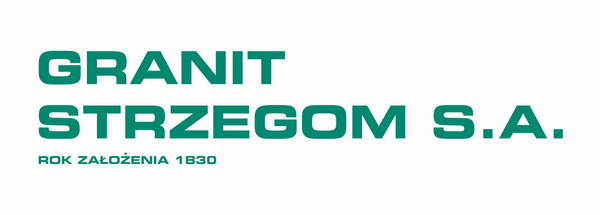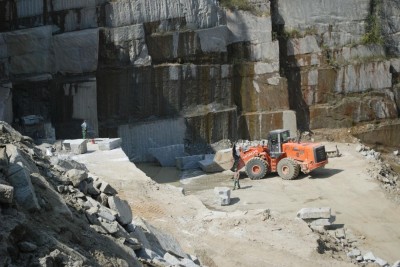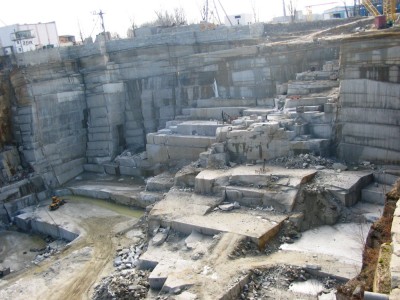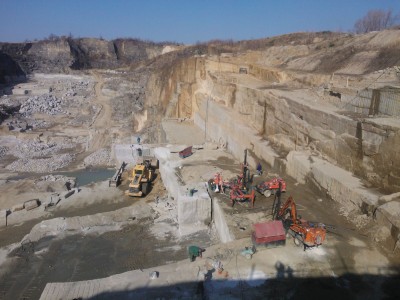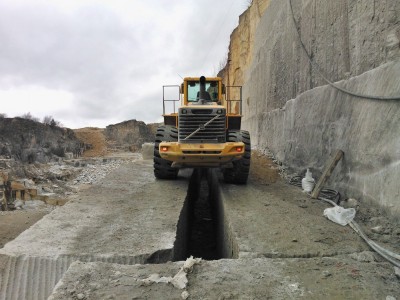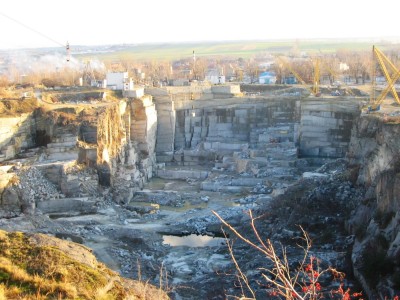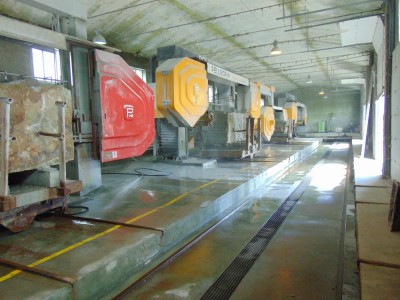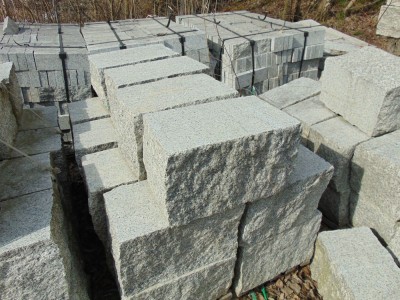Granit Strzegom S.A.
|
ul. Górnicza 6
58-150 STRZEGOM
woj. dolnośląskie |
The enterprise Przedsiębiorstwo Górniczo - Obróbcze "GRANIT" S.A. (The Mining and Stone Treatment Enterprise "GRANIT", Joint-stock Company) Strzegom is situated within the Strzegom - Sobótka granite massif, located at the north - western side of the Middle Sudeten Foreland, extending to the Strzegom - Hills, the Jaroszów-Hills and the north-western side of the Ślęża-Mountain. 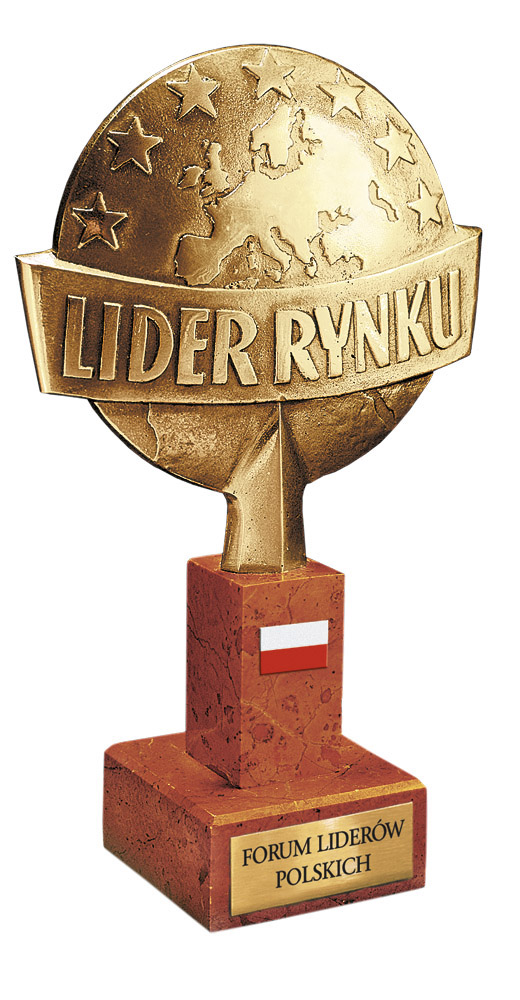  |
This region is characterised by arch - like hills up to 353 m high (within the Strzegom - Hills) and a characteristic element of the whole relief is here the Ślęża-Mountain (718 m above sea level). The massif surface has a form of an extended wedge, the axis of which runs in the WNW - ESE - direction. It extends almost parallel of latitude from Sobótka in the East over Strzegom, Jawor to the Sudeten - edge downcast and it is approximately 45 km long and max. 10 km wide.
The massif becomes much narrower in the north - western direction and goes under a cover formed during the earlier Palaeozoic period or it is covered by thick formations coming from the Tertiary or Quaternary period. The relief extending between Strzegom and Jawor is much more diversified at the south - eastern side of the massif (the vicinity of the Ślęża-Mountain) and it is divided into hills of different height creating a range extending in the same direction as the whole massif. These hills are asymmetrical and at the northern side - more inclined to one side. The northern ridge line is - in comparison to the southern line - more rugged and it is crossed by stream valleys flowing into the Strzegomka - River.
These valleys are cut into solid rocks and form relative steep slopes. Characteristic for this region are the tops of many hills that are almost of the same height. The granite magma forced its way between the archaic gneisses of the Owl - Mountains and the Palaeozoic slates of the land block before the Sudeten corresponding partly to it. The Strzegom - Sobótka - granite massif is of magma origin and it is assessed to be formed during the Upper Carboniferous or the Lower Permian period (designations of the absolute age prepared 1966 by J. Borucki). The massif is not covered evenly. The eastern granite areas extend from Sobótka (SE) to Jawor - Paszowice (NW).
The granite deposits can be approximately divided into the western and eastern side what is confirmed by the outcrop character, the morphology differences, the tectonic and geophysical positions and the differences included in granite. The western side, in the morphology indicated as the Strzegom - Hills, forms a bigger and more compact complex with small branches. On the other hand at the eastern side the granite outcrops form a "range of islands" surrounded by formations formed in the Tertiary or Quaternary period. The oldest formations within the massif are the sediments remaining in its cover and formed in the later Palaeozoic period. The intrusive granite stones of the massif belong to the formations formed during the earlier Palaeozoic period .
To the younger formations (formed during the Cenozoic period) belong the sediments occurring at Jawor (the Upper Tertiary period). Higher are the sediments formed during the Miocene period, occurring at the depression of the crystal - like massif basement, e.g. in the vicinity of Strzegom and are considered to be of terrestrial origin. The sediments formed during the Upper Miocene era of this region are designated as the formations of the alluvial - lacustrine suites formed previously in the sedimentation basins and as such they were not connected in the earlier development phases to the basins located within the Polish Lowland.
The formations coming from the Quaternary period are here represented mainly by degraded covers of granite outcrops. In the other area occur sand and gravel and the degraded dusty - sandy clays of different thickness of over 10 cm up to almost 1 m and possessing exceptionally depth of strata of some meters. In the stream valleys are often placed loose sand and slate formations. The Strzegom - Sobótka granite intrusion is encircled by a number of tectonic units with their tectonic axles extending in different directions. Its cover possesses a complicated and not fully clear geological structure. The present state of outcrops shows that the contacts of granite to the cover rocks are rather poor. In the south the granite massif touches the gneisses of the Owl-Mountains. The border of its occurrence in the south - east are serpentines and gabbro and the north - east end of the granite massif is created by amphiboles. At the northern edge of the massif and at some places South of Strzegom occurs a series of slate formed during the Silurian period represented by hornblende, lumpy-, graphite and greywacke slate as well as by phyllite, quartzite slate, lidyte, green stone and diabase. A dominating and basic lithological background of the Strzegom - massif are granite rocks representing the biotite and the muscovite modification. Each of these modifications possesses additionally many differences.
According to A. Majerowicz (1975) the massif includes as follows:
I. The rock formations formed during the main consolidation cycle of the intrusional magma:
a) Biotite granite occurring at Chwałków - divided, according to the places they occur, into ,the following modifications: Strzeblów, Gola, Pszenno, Łazany, Graniczna
b) Biotite granite (of the bony kind)
c) Double mica-granite
II. The local magma products and of the late magma and the after magma processes:
a) Leucocratic granite
b) Clay granite
c) Pegmatite and aplite
d) Hydrothermally changed granite
III. The older granite, drawn mechanically into the sector of the intrusion body and the relicts formed before the Anatexis - period:
a) Fine-grained granite
b) Fine-grained tonalite
c) Middle-grained tonalite
